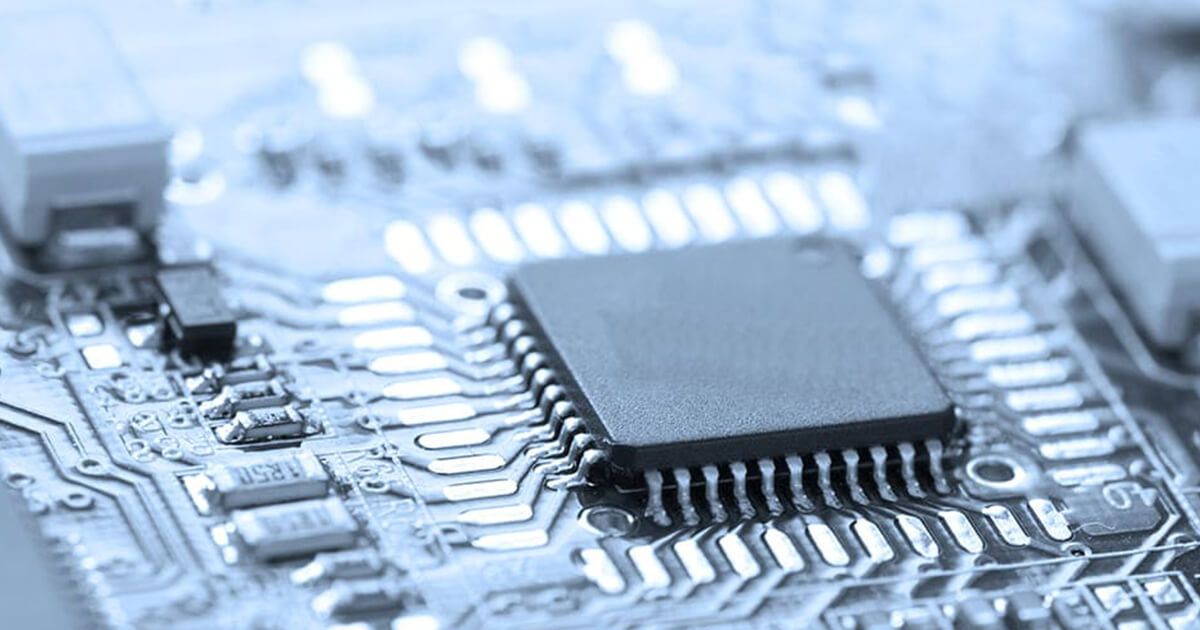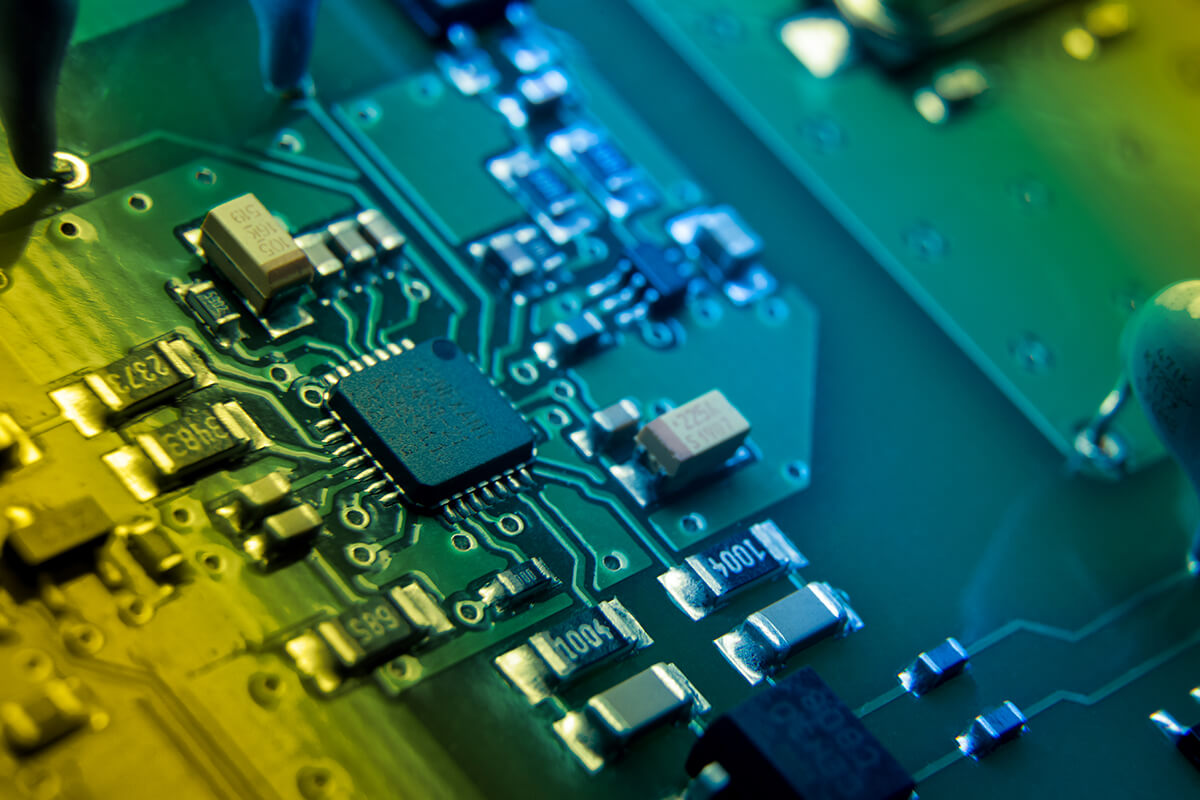In the rapidly evolving landscape of digital connectivity, the importance of wireless testing has witnessed exponential growth. The proliferation of wireless technologies across industries and the increasing dependence on seamless communication underscore the critical role of comprehensive testing strategies.
For instance, wireless testing in PCB and hardware design is a crucial phase that ensures the reliability, performance, and security of wireless communication systems. In this blog, we will discuss the growing importance of wireless testing and some of the significant testing strategies associated with it.
Understanding the Concept of Wireless Testing and its Growing Importance
Wireless testing is a critical process that ensures the functionality, security, and performance of wireless communication systems and devices. With the increasing reliance on wireless technologies, the need for robust testing strategies has become more significant than ever.
- Advancements in wireless standards and technologies, such as the transition from 4G to 5G and the emergence of Wi-Fi 6, increase complexity in wireless ecosystems. Testing becomes essential to validate compatibility, interoperability, and performance across a diverse array of devices, networks, and protocols. Furthermore, antenna testing is crucial in PCB board design. Wireless testing helps ensure that the placement of antennas on the PCB is optimal for achieving desired wireless performance.
- The concept of the Internet of Things (IoT) is significantly growing in the number of connected devices. Hence, wireless testing becomes instrumental in ensuring that these devices can seamlessly communicate with each other, maintaining interoperability and safeguarding against potential security vulnerabilities.

Ensuring Key Aspects of Wireless Testing: Functionality, Security, Performance, & Interoperability
Wireless Compatibility Testing
Verify that the device operates on its designated frequency spectrum without causing interference to other devices or being susceptible to interference from other devices. It tests the device’s ability to share the frequency spectrum with other wireless systems without degrading its performance. It helps evaluate how well the device handles interference from other wireless devices or networks. This involves assessing the impact of external signals on the device’s signal quality and overall performance.
For example; Wireless Compatibility Testing in PCB design is a critical phase aimed at ensuring that electronic devices can function seamlessly in environments with various wireless technologies, networks, and devices.
Wireless Interoperability Testing
Wireless Interoperability Testing is a critical phase in the development of wireless-enabled devices and networks. It focuses on ensuring that different devices, technologies, and systems can communicate and work together seamlessly, promoting a cohesive and interconnected wireless ecosystem. It assesses interoperability across various operating systems to ensure consistent performance. It is fundamental to creating a connected and collaborative wireless environment.
Functional Testing
It verifies adherence to wireless communication standards and ensures compatibility with different devices and platforms. It also assesses the network’s ability to establish and maintain connections. Functional testing is used to evaluate the reliability of data transfer between devices. Test under various conditions, such as different data rates and signal strengths.

Future Trends in Wireless Testing
With the widespread deployment of 5G networks, testing strategies will evolve to address the unique challenges and opportunities presented by this technology.
- As the number of IoT devices continues to grow, testing will focus on ensuring seamless interoperability among diverse devices and platforms. Testing strategies will consider integrating wireless technologies with edge computing to assess the performance of applications and services at the network’s edge.
- The integration of AI and ML algorithms in testing tools to automate test case generation, identify patterns, and optimize testing processes. For instance, AI techniques, such as genetic algorithms and evolutionary learning, can be used to optimize various aspects of hardware design.
- The emergence of 5G NR and subsequent releases will significantly expand the scope, complexity, and challenges for wireless testing with new dimensions like mmWave frequencies up to 71 GHz demanding specialized testing chambers and expert support. New scales of Massive MIMO utilizing broader bandwidths and more sophisticated modulation schemes, necessitate the use of anechoic chambers for Over-the-Air (OTA) testing, along with enhanced capabilities in signal generation and analysis. Additionally, the implementation of standalone 5G core networks and comprehensive network slicing introduces complex requirements for integration and conformance testing. Moreover, the adoption of flexible, slot-based structures, self-contained slot functions, and novel Quality of Service (QoS) flows and mechanisms call for in-depth testing at the MAC Layer.
- Increased automation of the entire testing process, from test case generation to execution and result analysis. Furthermore, integrating security testing seamlessly into the DevOps pipeline to identify and address security vulnerabilities early in the development lifecycle.
Benefits of Wireless Testing
Identification of Weaknesses:
Testing helps identify potential weaknesses and performance bottlenecks in wireless networks, allowing for optimization before deployment.
End-to-End Testing:
Ensures that the entire wireless communication chain, from devices to networks, meets the required quality standards.
Cost-Efficiency and Risk Mitigation:
Identifying and addressing issues during the testing phase is more cost-effective than resolving problems after deployment. Hence, it mitigates the risk of expensive post-deployment fixes and potential negative impacts on business operations.
Ensuring Standards Compliance and Interoperability:
Wireless testing is crucial for validating functionality, interoperability, standards compliance, and certifying wireless devices and networks. Thorough testing across protocol layers ensures features work correctly per specifications for certification. It verifies interoperability between different vendors, networks, and devices operating together. Standards bodies mandate extensive testing for compliance.
Also Know: Indian Operators into 5G Wireless Network
Choose Tessolve: A Reliable Platform for Semiconductor Solutions
In the dynamic landscape of wireless technologies, thorough testing is indispensable to guarantee the reliability, security, and performance of wireless networks. For instance, hardware design is one of the critical and foundational aspects for any technology to work comprehensively. Wireless technology has become an integral part of modern PCB and hardware design, enabling a wide range of applications from IoT devices to smartphones and wearables.
Tessolve is renowned for providing robust semiconductor solutions. We provide a range of solutions, including PCB design. We have 15,000 Sqft. lab that houses the latest test engineering equipment for both the final test and wafer sort. For robust and excellent semiconductor solutions, engage with us today!
For better assistance from our experienced engineers, email us today at sales@tessolve.com.



